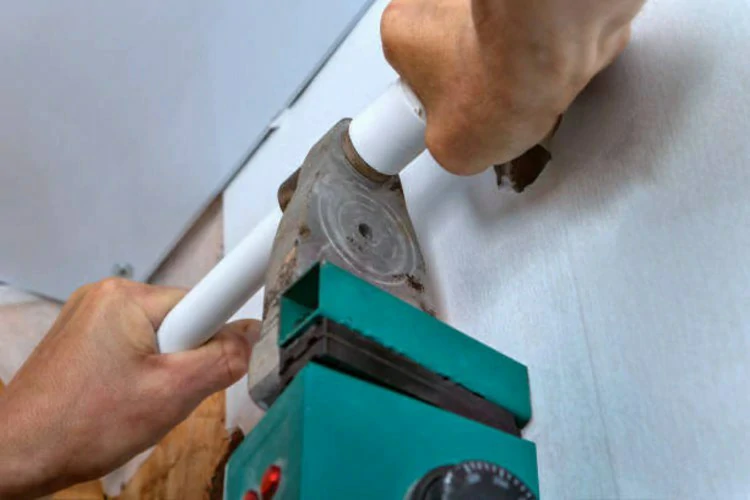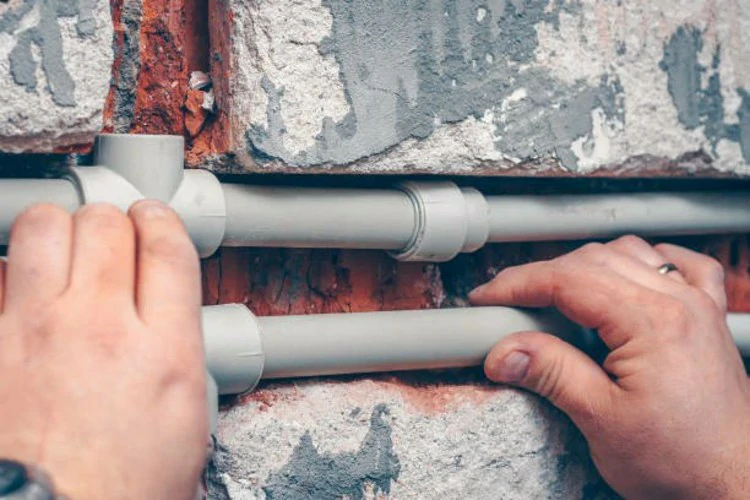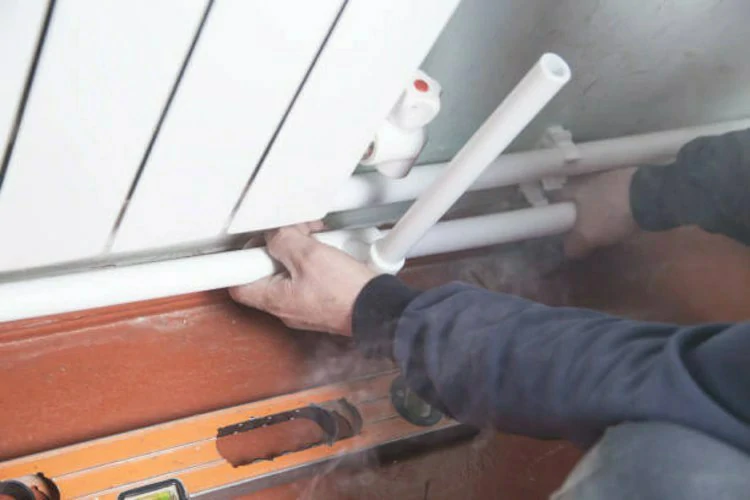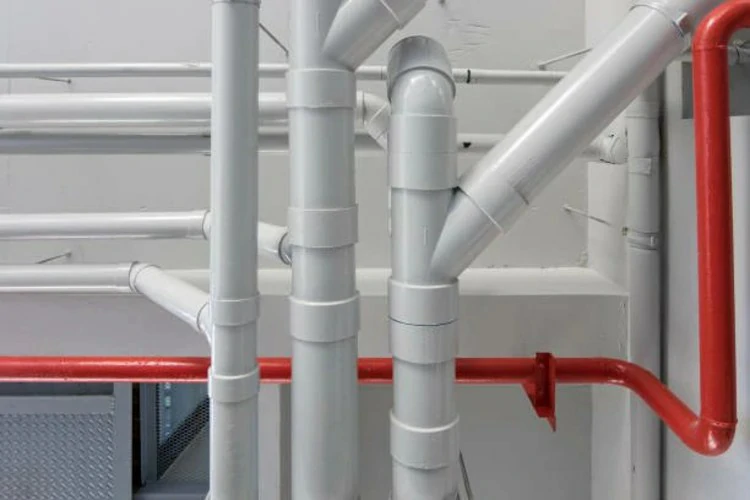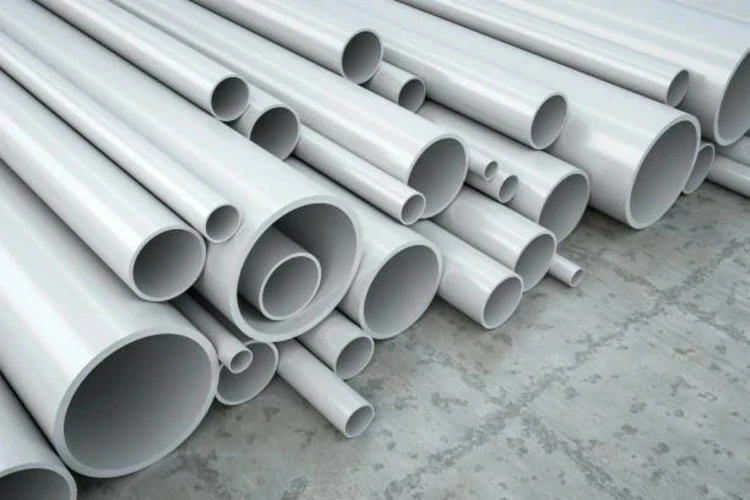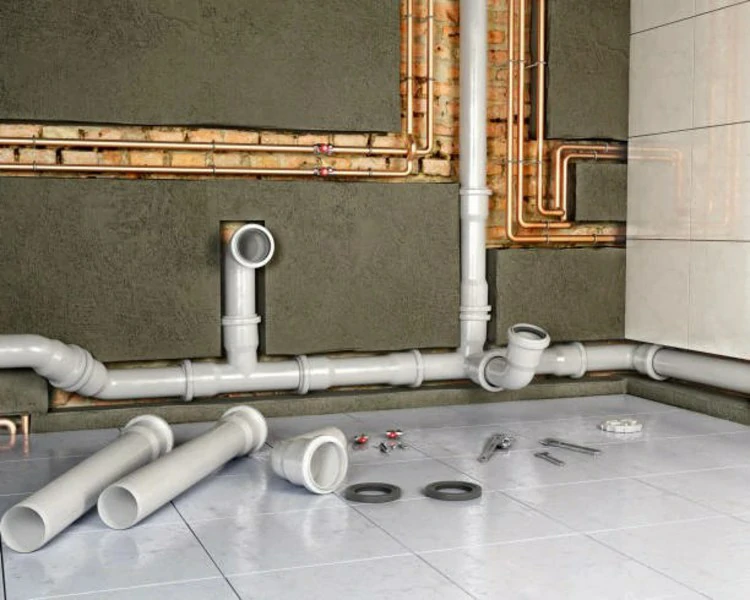Exploring the Application of PPH Pipes in Chemical Engineering
Introduction to PPH Pipes: PPH (Polypropylene Homopolymer) pipes are widely recognized for their versatility, durability, and exceptional chemical resistance, making them indispensable components in various industries, particularly in chemical engineering. This article delves into the specific applications of PPH pipes in chemical engineering projects and the unique advantages they offer in such environments. Chemical Processing […]
Exploring the Application of PPH Pipes in Chemical Engineering Read More »


